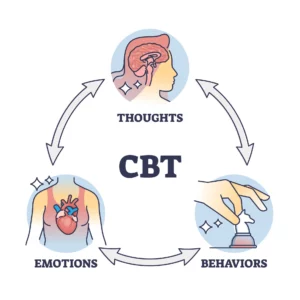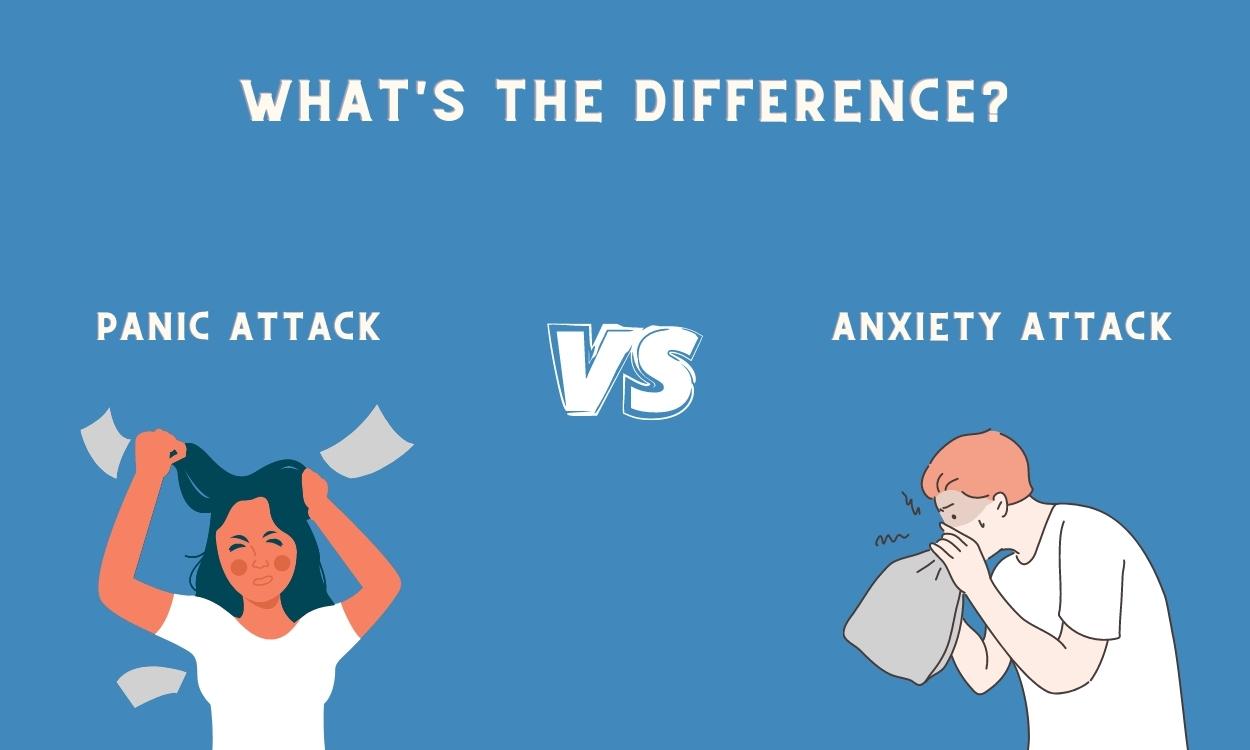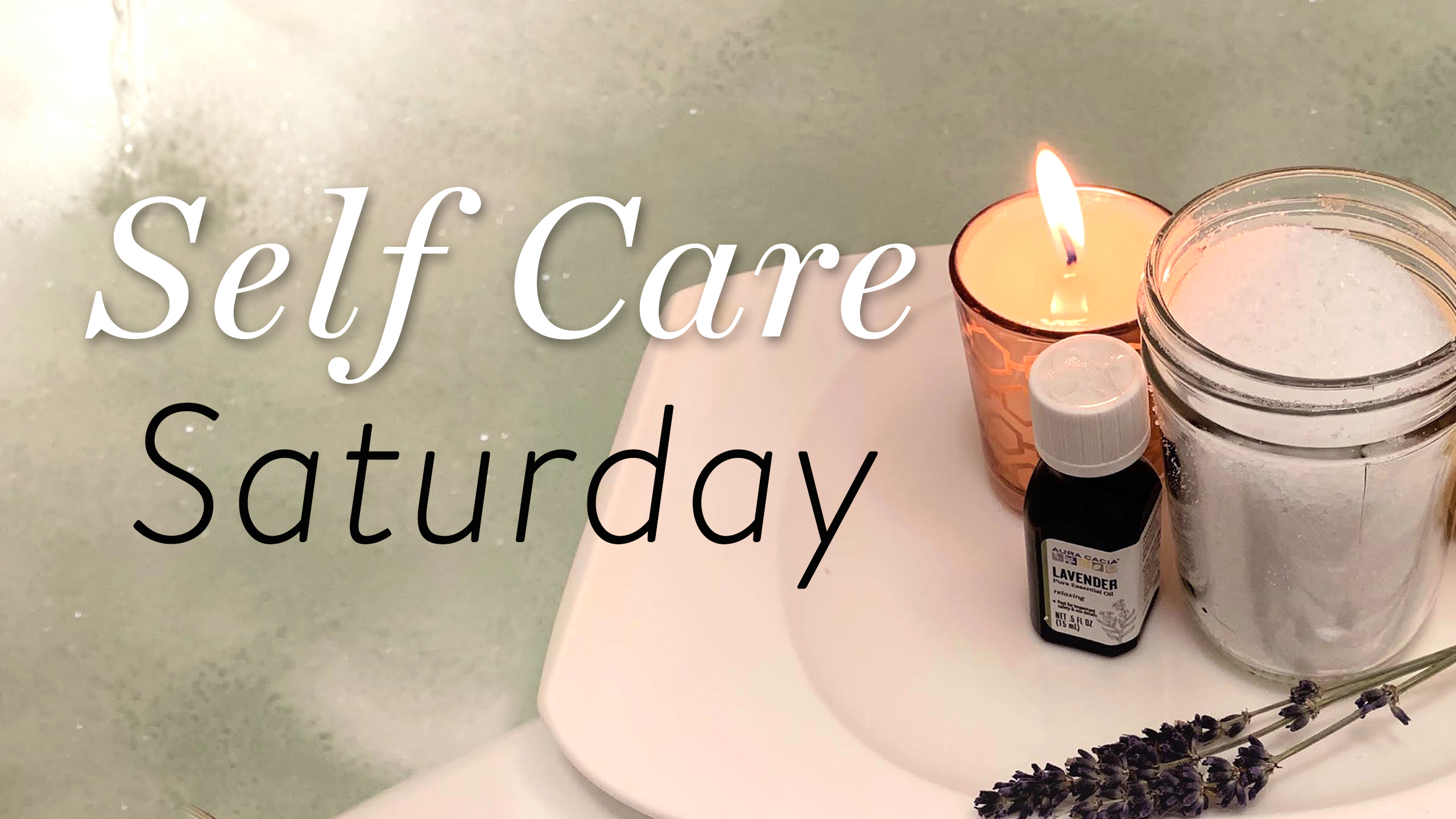Managing Anxiety and Panic Attacks: Effective Strategies
Click for Quick Consultation at vituras
Understanding the Nature of Anxiety and Panic Attacks
Anxiety and panic attacks are often misunderstood by those who have never experienced them firsthand. The physical and psychological symptoms can be overwhelming and debilitating, making it difficult for individuals to function in their daily lives. Understanding the nature of anxiety and panic attacks is the first step towards finding effective ways to manage and cope with them.
It’s important to recognize that anxiety and panic attacks are not simply a sign of weakness or lack of willpower. They are complex mental health disorders that involve a combination of genetic, environmental, and psychological factors. Anxiety disorders can manifest in different ways, ranging from generalized anxiety to specific phobias, while panic attacks are intense episodes of fear and physical discomfort that can occur suddenly and without warning.
People experiencing anxiety and panic attacks may feel a sense of impending doom, along with physical symptoms such as heart palpitations, trembling, sweating, and shortness of breath. Understanding the biological and psychological processes that contribute to these symptoms can help individuals and their loved ones gain a better grasp of what they are dealing with.
Rather than dismissing anxiety and panic attacks as mere stress or nervousness, it’s crucial to acknowledge the seriousness and impact these conditions can have on a person’s life. With a deeper understanding of their nature, it becomes possible to explore strategies for managing anxiety and preventing panic attacks from taking over.
Identifying Triggers and Underlying Causes
Identifying triggers and underlying causes of anxiety and panic attacks is crucial in effectively managing these conditions. It is important to recognize that triggers are different for everyone, and often stem from specific situations or events that cause feelings of fear or unease. Understanding these triggers can help individuals take proactive steps in avoiding or managing them.
Underlying causes of anxiety and panic attacks may be rooted in various factors such as genetics, brain chemistry, personality, or life events. It is essential to work with a mental health professional to assess and identify these underlying causes, as they can play a significant role in developing appropriate treatment strategies.
Furthermore, triggers and underlying causes can be interconnected, reinforcing and exacerbating each other. For instance, a person with a genetic predisposition to anxiety may experience panic attacks triggered by stressful situations. By identifying and addressing these interconnected factors, individuals can gain better insight into their condition and develop effective coping mechanisms.
It is important to approach the process of identifying triggers and underlying causes with patience and self-compassion. This journey towards self-awareness and understanding can be challenging, but it is an essential step towards achieving long-term relief from anxiety and panic attacks.
Implementing Relaxation Techniques for Immediate Relief
When it comes to managing anxiety and panic attacks, it’s important to have a toolkit of relaxation techniques that you can turn to in times of need. These techniques can help provide immediate relief during moments of distress, allowing you to regain a sense of calm and control.
One effective relaxation technique is deep breathing exercises, which involve taking slow, deep breaths to help regulate your heart rate and activate the body’s relaxation response. This simple yet powerful technique can be practiced anywhere, anytime, making it a convenient option for managing anxiety on the go.
Progressive muscle relaxation is another valuable technique for immediate relief. This involves tensing and then relaxing different muscle groups in the body, helping to release physical tension and promote a sense of relaxation. By systematically working through the body, you can learn to recognize and release areas of stress and tension, providing relief from anxiety symptoms.
Guided imagery and visualization can also be used to induce a state of relaxation. By focusing on calming and peaceful mental images, you can distract yourself from anxious thoughts and feelings and create a sense of tranquility within. This technique can be particularly helpful for individuals who respond well to visual stimuli and have a vivid imagination.
Developing a Supportive Self-Care Routine
Developing a supportive self-care routine is crucial for managing anxiety and maintaining overall well-being. It involves incorporating activities and practices that promote physical, mental, and emotional health. This can include regular exercise, adequate sleep, healthy eating habits, and engaging in activities that bring joy and relaxation.
Additionally, practicing mindfulness and self-compassion can play a significant role in nurturing a supportive self-care routine. Taking time for oneself, setting boundaries, and seeking support from loved ones are also essential components of self-care.
It’s important to remember that self-care looks different for everyone, so finding what works best for you is key. Whether it’s spending time in nature, journaling, or engaging in creative hobbies, the focus should be on activities that nurture and replenish the mind and body.
By developing a supportive self-care routine, individuals can better cope with the challenges of anxiety and stress, and ultimately cultivate a greater sense of balance and resilience in their lives.

Building Emotional Resilience through Cognitive Behavioral Therapy
Building emotional resilience is a crucial aspect of managing anxiety and panic attacks. One of the most effective ways to achieve this is through Cognitive Behavioral Therapy (CBT). CBT is a form of psychotherapy that focuses on changing negative thought patterns and behaviors to improve emotional regulation and overall mental well-being.
During CBT sessions, individuals learn to identify and challenge their negative thought patterns, replacing them with more positive and constructive ways of thinking. This process helps to build emotional resilience by developing the ability to cope with stress, anxiety, and other triggers in a more effective manner.
In addition to addressing thought patterns, CBT also involves behavioral techniques such as exposure therapy and relaxation training. These exercises help individuals to confront their fears and anxieties gradually, while also learning practical relaxation techniques to manage their emotional responses.
Overall, CBT provides individuals with the tools and skills needed to build emotional resilience and effectively manage their anxiety and panic attacks. By addressing underlying thought patterns and behaviors, individuals can develop a more supportive self-care routine and reduce the impact of anxiety on their daily lives.
Exploring Medication Options in Consultation with Professionals
When dealing with severe anxiety or panic attacks, it’s important to consider all available treatment options. In some cases, medication may be necessary to manage symptoms effectively. Before exploring medication options, it is crucial to consult with a qualified mental health professional, such as a psychiatrist or psychologist, who can provide guidance and support throughout the process.
Medication for anxiety and panic attacks can range from selective serotonin reuptake inhibitors (SSRIs) to benzodiazepines, each with its own benefits and potential side effects. It’s essential to work closely with a healthcare provider to weigh the pros and cons of each option and to make an informed decision based on individual needs and circumstances.
It’s also important to understand that medication is not a one-size-fits-all solution. What works for one person may not work for another, and finding the right medication and dosage may require some trial and error. Additionally, medication should be used in conjunction with other treatment strategies, such as therapy and lifestyle changes, for the best possible outcomes.
While exploring medication options, it’s crucial to stay open and honest with the healthcare provider about any concerns or reservations. Building a trusting and collaborative relationship with the professional is key to finding the most effective and personalized treatment plan.
Creating a Comprehensive Anxiety Management Plan
An anxiety management plan is a personalized strategy designed to help individuals effectively cope with and reduce the impact of anxiety symptoms on their daily lives.
This comprehensive plan typically involves a combination of various strategies, including cognitive behavioral therapy (CBT), medication management, relaxation techniques, and lifestyle modifications.
It is important for individuals to work closely with mental health professionals to create and implement a plan that is tailored to their specific needs and circumstances.
By developing a comprehensive anxiety management plan, individuals can gain a sense of empowerment and take proactive steps towards achieving better mental health and well-being.
You can also read about Incorporating Mindfulness into Daily Routine.











